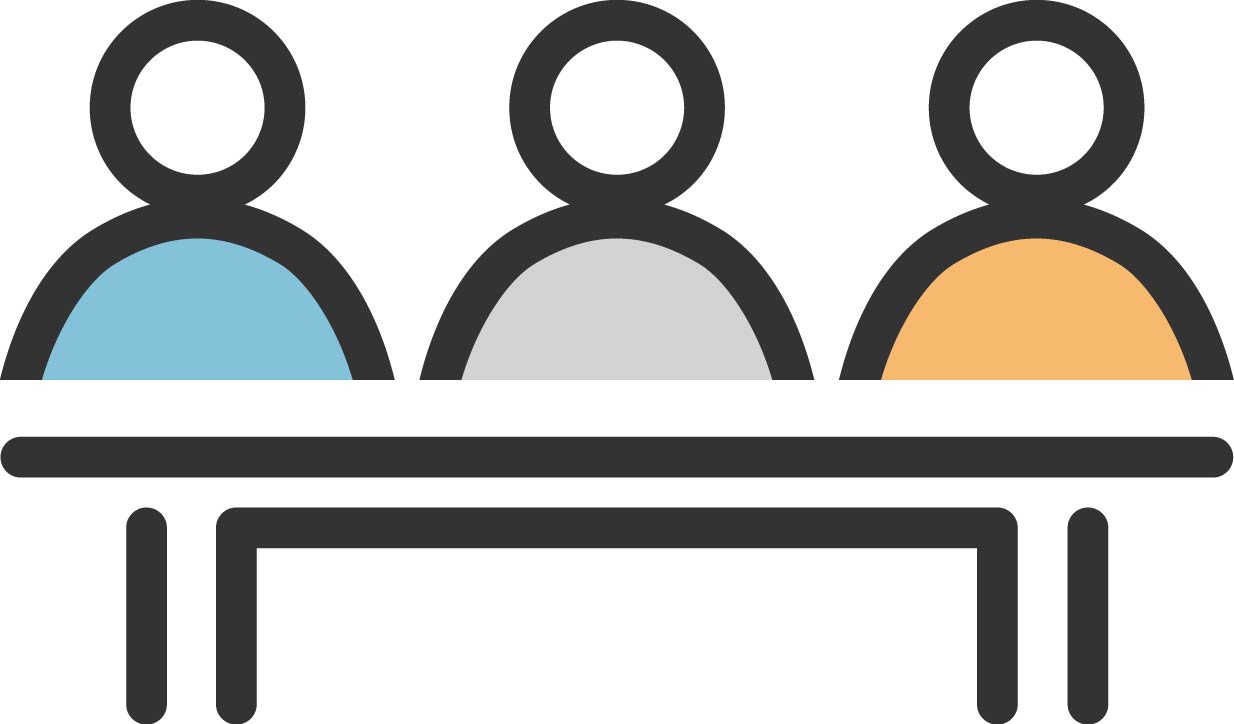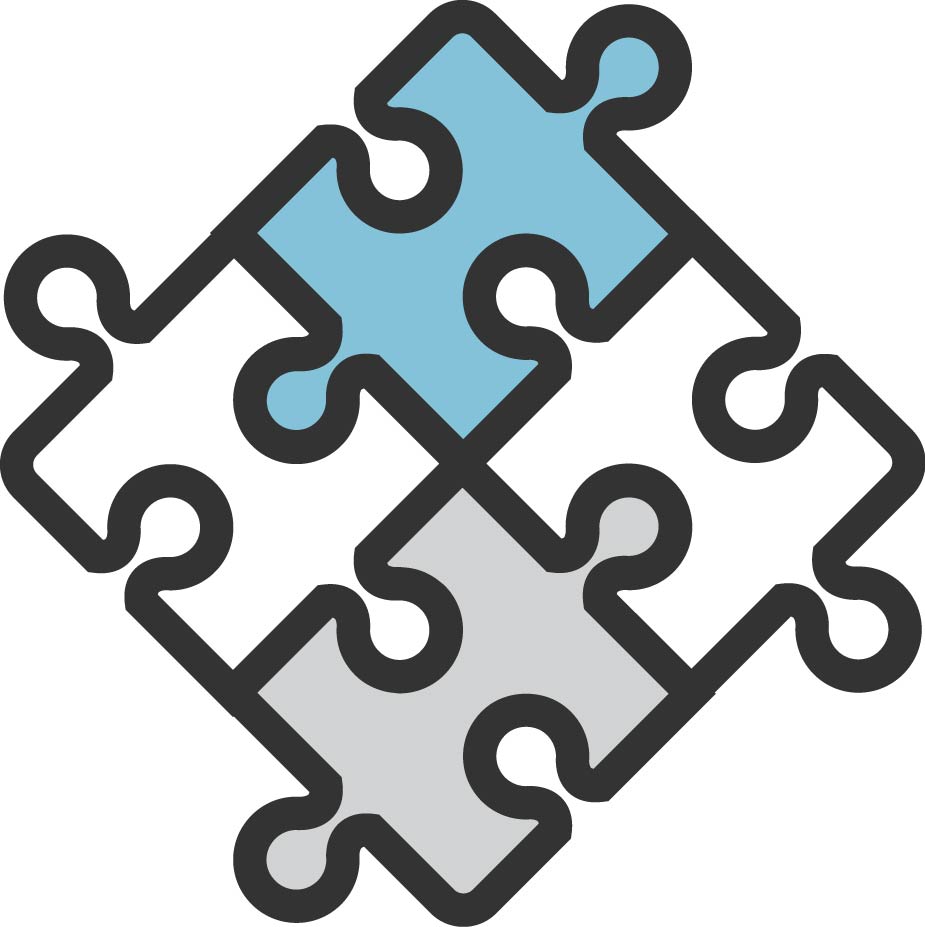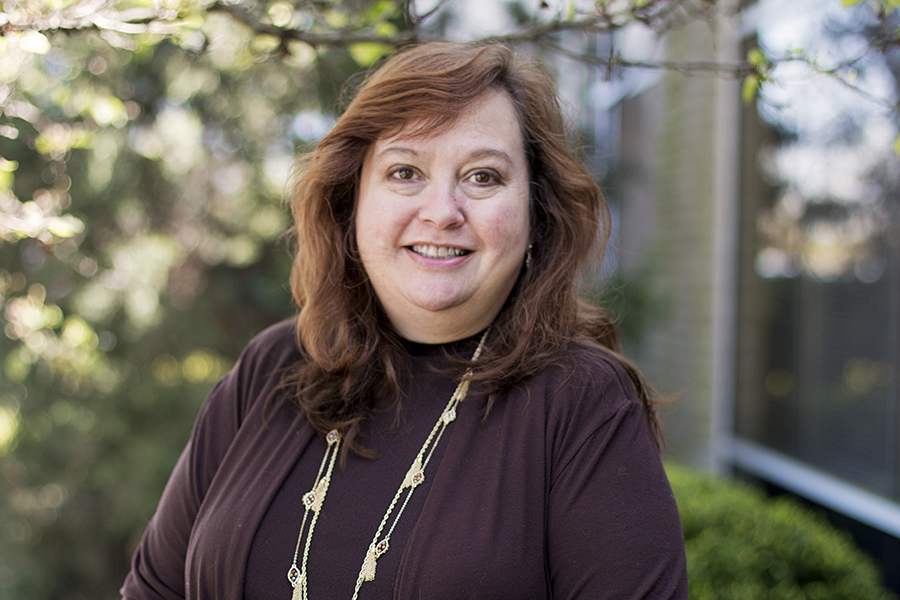Course Details

Target Audience
All Staff

Learning Environment
Infant Toddler
Preschool
School Age

Training Level
1
Core Content Subject Area
Professional development / Professionalism
Core Content Competency
Positive ways to support children’s social and emotional development. Strategies to establish productive relationships with families.
Course Creator

Corlia Logsdon
Corlia Logsdon is a veteran education professional. She has been a champion of individuals with disabilities in educational settings, as both a school psychologist and a special education director. Corlia has had experience as a state and school district level administrator working with federal and state regulatory monitoring, compliance, and investigations, technical assistance, and professional development in K-12 and postsecondary settings. She is currently completing her doctorate in Education Leadership with a concentration in Counselor Education and Supervision through Eastern Kentucky University. She holds Education Specialist and Master of Science degrees in Educational and Counseling Psychology, majoring in School Psychology from the University of Kentucky as well as a Bachelor of Arts in English & Communications also from the University of Kentucky.
If you encounter technical issues with the site, please use the “Contact Us” button at the bottom of each page.
